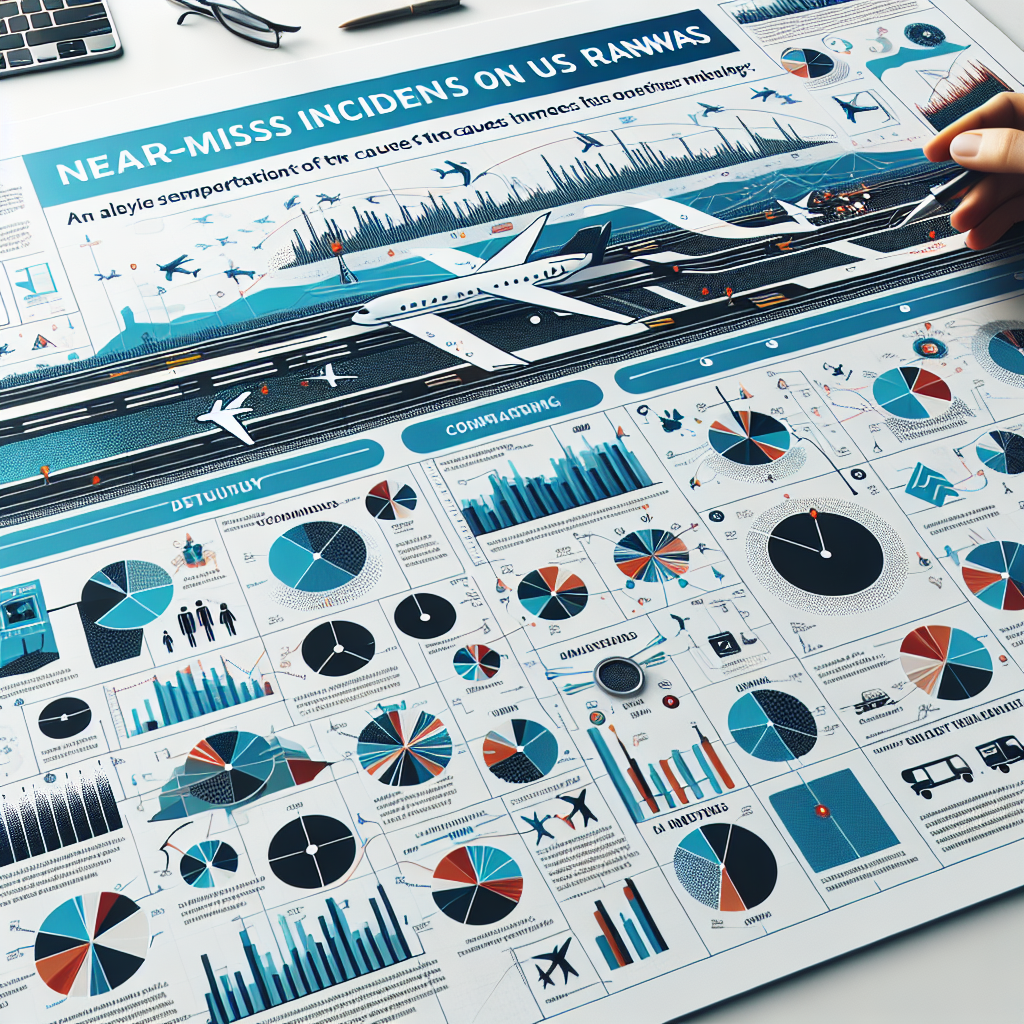Flightradar Insights Reveal Causes of US Runway Near-Miss
Flightradar Insights Reveal Causes of US Runway Near-Miss
Introduction
Recent insights from Flightradar have shed light on the alarming increase in runway near-miss incidents across the United States. These findings highlight critical factors contributing to these dangerous situations, prompting a call for enhanced safety measures in aviation.
Key Factors Contributing to Near-Misses
- Increased Air Traffic: A surge in post-pandemic travel has led to congested airspaces, increasing the likelihood of near-miss incidents.
- Communication Breakdowns: Miscommunication between pilots and air traffic control has been identified as a significant factor in these occurrences.
- Weather Conditions: Adverse weather, including fog and heavy rain, has been a contributing factor in several near-miss cases.
- Human Error: Pilot and air traffic controller errors remain a persistent issue, often exacerbated by fatigue and high-pressure environments.
Technological and Procedural Recommendations
To mitigate these risks, experts recommend a combination of technological upgrades and procedural changes:
- Advanced Radar Systems: Implementing state-of-the-art radar technology to improve aircraft tracking and communication.
- Enhanced Training Programs: Regular training sessions for pilots and air traffic controllers to address communication and decision-making skills.
- Weather Monitoring Improvements: Investing in better weather prediction tools to anticipate and manage adverse conditions more effectively.
- Fatigue Management: Introducing stricter regulations on work hours to reduce fatigue-related errors.
Conclusion
The Flightradar insights underscore the urgent need for comprehensive strategies to address the root causes of runway near-misses in the US. By focusing on technological advancements, improved communication, and rigorous training, the aviation industry can enhance safety and prevent future incidents.



































